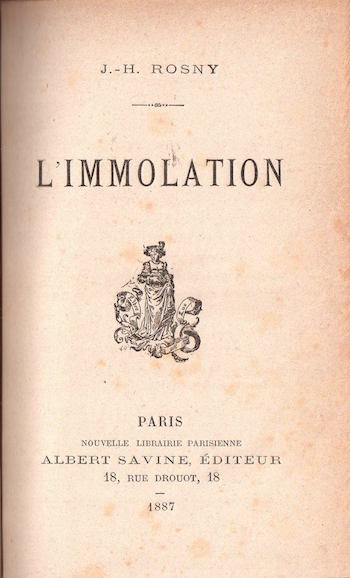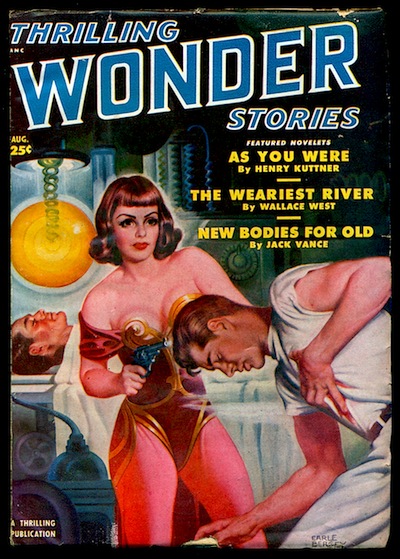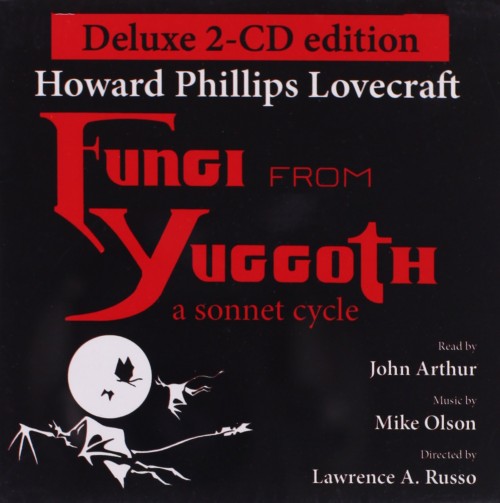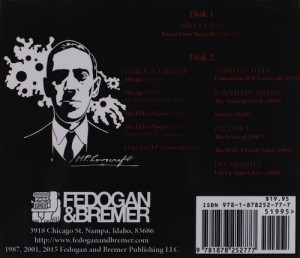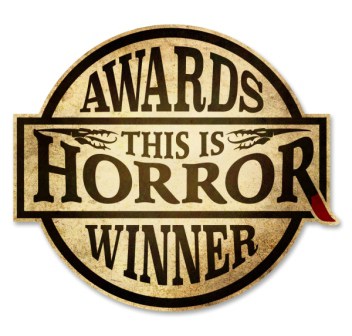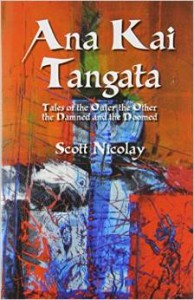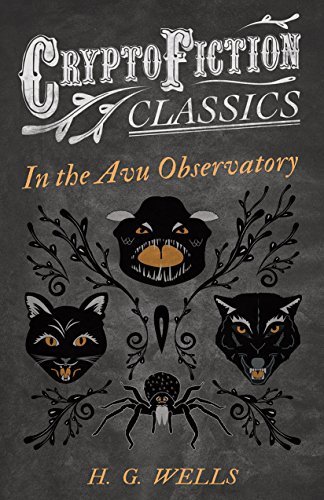 How soon unaccountable I became tired and sick,
How soon unaccountable I became tired and sick,
Till rising and gliding out I wander’d off by myself,
In the mystical moist night-air, and from time to time,
Look’d up in perfect silence at the stars.
—Walt Whitman, “When I heard the learn’d astronomer”
Please visit Michael Bukowski’s blog to see his artistic interpretation here.
Michael Bukowski and I have been creating these illustrated essays for long enough now that a distinct set of interrelated themes has emerged. Paramount among said themes is the recognition that a deeply entangled yet entirely center-less corpus of Weird Fiction began its accretion well over a century ago, and certainly long before anyone thought to tease out any sort of canon for it from the vast warp and weft of genre and mainstream fiction within which it remains woven, and from which it extends into cinema, comic books, and many other popular media. In form it is like unto Blake’s vegetative Polypus, one of Deleuze and Guattari’s rhizomes, or perhaps even a hyperobject à la Timothy Morton, too massively distributed in time and space for any single person to see all at once. The project of delineating the neglected parameters of this almost unviewable structure provides the raison de combattre for our struggle with the real, as well as with those critically restricted notions of a Weird Fiction canon that bottleneck somewhere during the Farnsworth Wright-era of Weird Tales.1
Attendant upon that understanding are other ideas, and though most of these date back to our original planning discussions, our research and discoveries here have enhanced, expanded, and refined all of them over the last several years to a far greater extent than either Michael or I anticipated when we began. Our current selection highlights the importance of several of these themes, in particular:
- 19th and 20th century science fiction is rich in Weird Fiction, and the two forms broadly coextend throughout their history and share common roots
- The true Weird monster exists outside of any human ontology or telos2
- Weird Fiction has had a central obsession with cryptozoology3 since long before either concept had a name
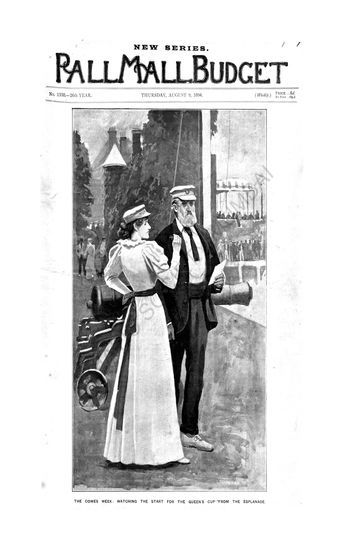 Thus far in Stories from the Borderland we have demonstrated the first point through explorations of High Weirdness in the works of such iconic science fiction authors as Arthur C. Clarke, William Gibson, James Tiptree Jr., and J.-H. Rosny aîné. The second theme is one we have explored in depth from our very first installment, wherein we showcased Joseph Payne Brennan’s signature tale of amoeboid horror, “Slime.”4 As for the cryptozoological fixation of Weird Fiction, though the featured creatures in many of our story selections certainly could be read as cryptids, our first explicit foray in this direction came last year, when we examined Lady Rosa Campbell Praed’s 1891 tale “The Bunyip,” about a legendary creature of great cultural significance in Australia. The date of Praed’s genuinely and organically Weird contribution makes clear the deep roots of our subject. Indeed, it predates our current selection, which first appeared in the Pall Mall Budget for August 9, 1894,5 by several years.
Thus far in Stories from the Borderland we have demonstrated the first point through explorations of High Weirdness in the works of such iconic science fiction authors as Arthur C. Clarke, William Gibson, James Tiptree Jr., and J.-H. Rosny aîné. The second theme is one we have explored in depth from our very first installment, wherein we showcased Joseph Payne Brennan’s signature tale of amoeboid horror, “Slime.”4 As for the cryptozoological fixation of Weird Fiction, though the featured creatures in many of our story selections certainly could be read as cryptids, our first explicit foray in this direction came last year, when we examined Lady Rosa Campbell Praed’s 1891 tale “The Bunyip,” about a legendary creature of great cultural significance in Australia. The date of Praed’s genuinely and organically Weird contribution makes clear the deep roots of our subject. Indeed, it predates our current selection, which first appeared in the Pall Mall Budget for August 9, 1894,5 by several years.
